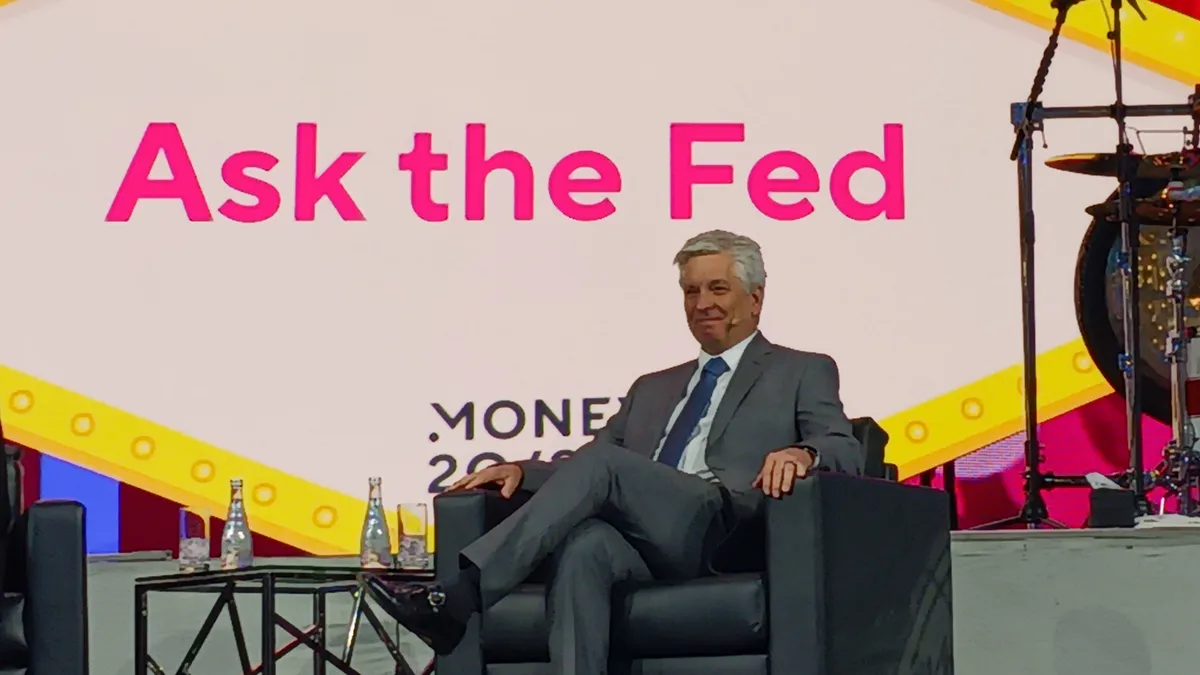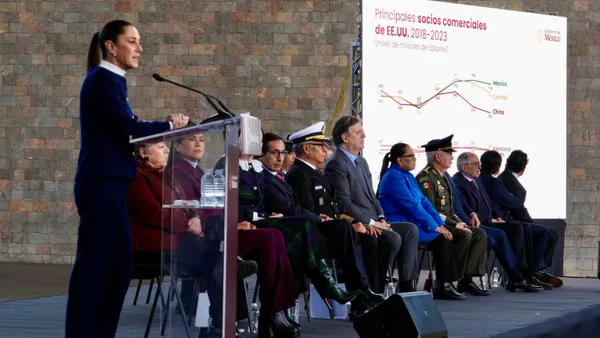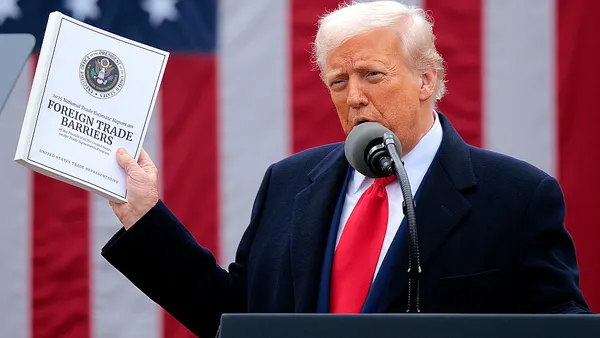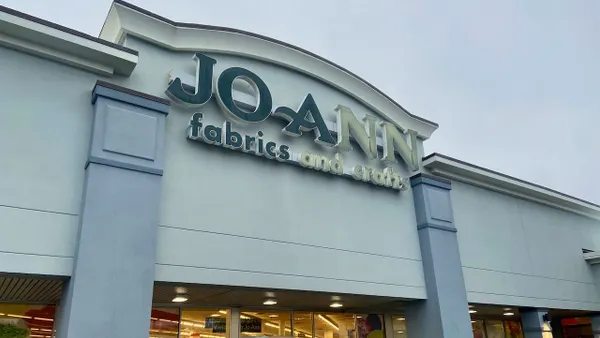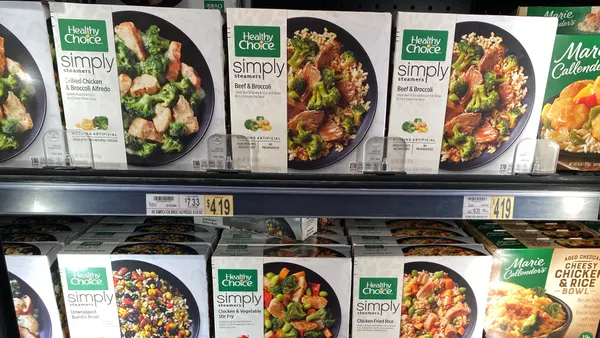Participation in the Federal Reserve’s real-time payment settlement service, FedNow, has expanded from an initial group of 50 banks and credit unions to more than 100, Fed Gov. Christopher Waller said Friday at a payments conference held by the Brookings Institution.
Since FedNow’s launch in July, the sign-ups have been growing, while internal projections indicate the number could rise to approximately 350 by year-end, Waller added. Uptake of the long-awaited payments settlement service remains robust, he said when asked about the lower-than-expected adoption among banks.
“We have got more in the pipeline and there are various estimates that could range from 250 to 350 by the end of the year, and they just continue to grow as banks do it,” Waller said. “But the banks have to see some value proposition and to make the investment to join and want to do it. And that depends on what the customers want.”
When FedNow launched in July, it was intended to be a minimal viable product that would have enough features to allow early users to give feedback.
“Let’s get the thing out, make sure it works, see how people use it. And then from there, you build it out in terms of the network and capabilities that you give to people on that,” Waller said.
Notably, Waller’s interviewer Friday was Aaron Klein, a Brookings senior fellow who characterized the FedNow signup rate as “tepid” while speaking last month at a Philadelphia Fed fintech conference.
Waller also echoed his stance on central bank digital currencies, saying he believed the technology holds little benefit for the Fed, banks and consumers in today’s payments landscape.
“The basic question I asked is what a typical economist would ask, which is: ‘What is the major market failure in the payment system that requires a CBDC and only a CBDC to solve?” he said. “I posed that question two years ago and I have not heard one satisfactory answer to that question yet. It makes me think that a CBDC is something you could do but there’s nothing that makes you need it.”
Waller argued that although the current system works well since people are content with bank accounts enabling broad access, the Fed wants to explore CBDCs in preparation for a potential congressional mandate. The Fed wants to research the technology, record-keeping and management of how CBDCs work so that they are ready if legally required.
“We always have to be prepared for the fact that if Congress were to, in fact, tell us: ‘Do this,’ that we would have the technology and know-how to do it,” he said.
Though countries like China, the Bahamas and the U.K. are moving ahead with CBDCs, Waller is not convinced they could justify the need for CBDCs.
But the proposed CBDCs are central bank accounts and not “semi anonymous bearer instruments, like Bitcoin,” he said.
Waller said a potential U.S. CBDC would operate through bank accounts, not direct accounts with the Fed — users would have a CBDC account via their commercial bank app, along with standard accounts. Banks would hold CBDC stock and request transfers between banks to facilitate payments — a functionality identical to current bank account payments, Waller noted.
A direct retail CBDC account would necessitate master accounts beyond banks, requiring legal changes, he said. The Fed has focused on efficient backend payment functionalities for over 100 years while banks engage customers, he added. He questioned the Fed's rationale for becoming consumer-facing and offering retail accounts — a functional requirement for the current options.
“Then we sit with the banks in the background and make sure everything gets clear. That’s worked for well over 100 years. I want to know why we need to step out front and now be front-facing with retail customers,” Waller said.



